Filter by
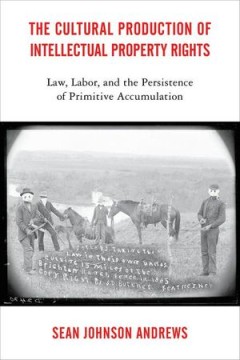
The Cultural Production of Intellectual Property Rights
This book looks at questions of intellectual property rights (IPR) -- historically, culturally, and politically -- and their relationship to law and the state. Arguing that the idea that intellectual property is another kind of property right (that is, that IP is a thing to be owned) exists in parallel with the idea that intellectual property is the consequence of a cultural process, Andrews di…
- Edition
- -
- ISBN/ISSN
- 9781439914298
- Collation
- -
- Series Title
- -
- Call Number
- 300 AND c
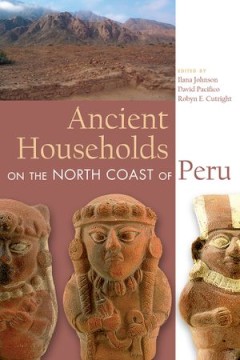
Ancient Households on the North Coast of Peru
Ancient Households on the North Coast of Peru provides insight into the organization of complex, urban, and state-level society in the region from a household perspective, using observations from diverse North Coast households to generate new understandings of broader social processes in and beyond Andean prehistory. Many volumes on this region are limited to one time period or civilization, of…
- Edition
- -
- ISBN/ISSN
- 9781646422449
- Collation
- -
- Series Title
- -
- Call Number
- -
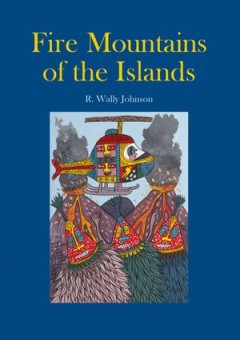
Fire Mountains of the Islands A History of Volcanic Eruptions and Disaster M…
Volcanic eruptions have killed thousands of people and damaged homes, villages, infrastructure, subsistence gardens, and hunting and fishing grounds in Papua New Guinea and the Solomon Islands. The central business district of a town was destroyed by a volcanic eruption in the case of Rabaul in 1994. Volcanic disasters litter not only the recent written history of both countries—particularly …
- Edition
- -
- ISBN/ISSN
- 9781922144225
- Collation
- -
- Series Title
- -
- Call Number
- -
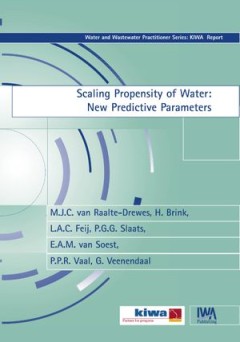
Trouble Songs: a Musicological Poetics
Trouble Songs is a hybrid serial work that tracks the appearance of the word “trouble” in 20th- and 21st-century American music. It reads (and sings) songs and poems, with reference to cultural events ranging from the death of a pop singer to the growth of popular resistance movements. The trouble singer invokes the word “trouble” in place of actual trouble—the song is a spell that co…
- Edition
- -
- ISBN/ISSN
- 9781947447448
- Collation
- -
- Series Title
- -
- Call Number
- 780

Natural resources, innovation and development
In this Globelics Thematic Review, the author team presents and discusses recent research on the relationships between natural resources, innovation and development, and suggests some implications of this body of knowledge for policy makers. The Review sets out to explore three interlinked questions with a particular focus on innovation and industry dynamics. First, to what extent is it current…
- Edition
- -
- ISBN/ISSN
- 9788771123678
- Collation
- -
- Series Title
- -
- Call Number
- -

Natural resources, innovation and development
n this Globelics Thematic Review, the author team presents and discusses recent research on the relationships between natural resources, innovation and development, and suggests some implications of this body of knowledge for policy makers. The Review sets out to explore three interlinked questions with a particular focus on innovation and industry dynamics. First, to what extent is it currentl…
- Edition
- -
- ISBN/ISSN
- 9788771123678
- Collation
- -
- Series Title
- -
- Call Number
- -
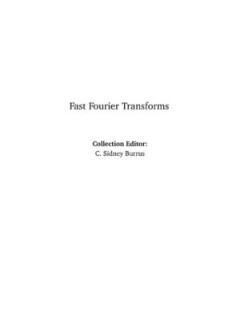
Fast Fourier Transforms
This book focuses on the discrete Fourier transform (D.F.T.), discrete convolution and, particularly, the fast algorithms to calculate them. These topics have been at the center of digital signal processing since its beginning, and new results in hardware, theory and applications continue to keep them important and exciting. This book uses an index map, a polynomial decomposition, an operator f…
- Edition
- -
- ISBN/ISSN
- -
- Collation
- -
- Series Title
- -
- Call Number
- -
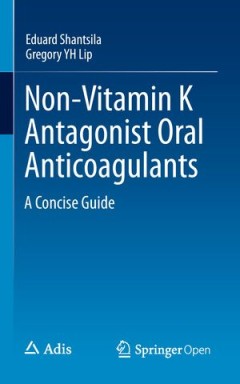
Theory into Practice: Composition, Performance and the Listening Experience
Theory into Practice. Composition, Performance and the Listening Experience' is the second publication in the series 'Collected Writings of the Orpheus Institute'. The series comprises articles concerning the activities of the Orpheus Institute. The centrale theme of this book is the relationship between the reflections about and the relization of a musical composition. In his paper Words ab…
- Edition
- -
- ISBN/ISSN
- 9789461664327
- Collation
- -
- Series Title
- -
- Call Number
- 780

The Routledge Handbook of Neuroethics
The Routledge Handbook of Neuroethics offers the reader an informed view of how the brain sciences are being used to approach, understand, and reinvigorate traditional philosophical questions, as well as how those questions, with the grounding influence of neuroscience, are being revisited beyond clinical and research domains. It also examines how contemporary neuroscience research might ultima…
- Edition
- Edisi 1
- ISBN/ISSN
- 9781317483526
- Collation
- -
- Series Title
- -
- Call Number
- -
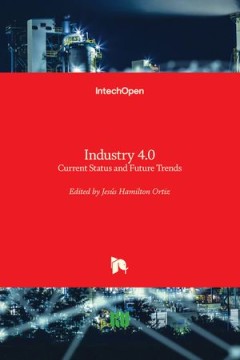
Lectures on the English Comic Writers
This volume contains an essay on Hogarth, written by the great English essayist and critic, William Hazlitt. This volume is a later printing of Hazlitt's writings, which were first published in 1818.
- Edition
- -
- ISBN/ISSN
- -
- Collation
- -
- Series Title
- -
- Call Number
- -
 Computer Science, Information & General Works
Computer Science, Information & General Works  Philosophy & Psychology
Philosophy & Psychology  Religion
Religion  Social Sciences
Social Sciences  Language
Language  Pure Science
Pure Science  Applied Sciences
Applied Sciences  Art & Recreation
Art & Recreation  Literature
Literature  History & Geography
History & Geography